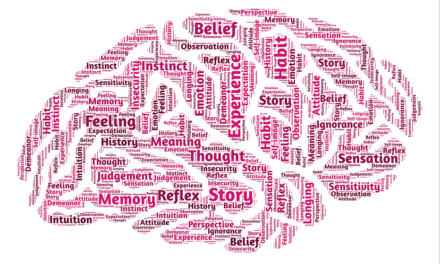This week’s emphasis is on demography.
Demography is not just about the study of human populations, the study of all sorts of populations, buildings, germs, animals…
The important thing about population studies is trends. This area of research helps us understand a lot about the world.
Is a population of 13 billion people too many?
Since the beginning of demographics, when Thomas Malthus began to question the carrying capacity of the globe, people have worried about whether or not the human population will outstrip our ability to feed people and manage resources.
About 1 billion people go hungry every day, this phenomenon has been around since the beginning of time. But the proportions change markedly.
The study of demography helps us to understand why some of these people are not getting enough food.
Perhaps, there is not enough food to go around.
Alternatively, there is plenty of food to go around, but we feed animals with it, use some of our agricultural productivity for machines (to make ethanol and other biofuels) or use the plants we grow to fatten animals. In other parts of the world the free market hinders the distribution of food to the poor, they just cannot afford food.
In some countries, farmers are paid to produce less food than they can to manage the price at market. Is this fair?
Political decisions also influence the distribution of food and leave some people worse off than they need to be.
The often misused product of demographic studies is data disconnected from its context. Ignoring the idea of causality in the dissemination of the information leads to missinformation.
I will talk about causality later but as an example, the statement, people who drink four cups of coffee a day have better health outcomes, is an observation. But it does not tell us if the coffee leads to better health or if there is some other reason.
The world’s population has been growing, and as we saw in earlier posts, the rate of growth is slowing down. Difficulties arise when we try to predict the future. We can measure the past, but we cannot measure human activity, aspirations, and demands into the future.
While the population of rural regions is about 3 billion people and the current population of our urban areas is about 3 billion people, growth is occurring in urban centres. By 2050 cities will be about 6 billion people but rural areas will not have changed.
City living removes the incentive to reproduce. Urban populations grow from in migration. Many countries growth rates are below replacement levels.
Demography can help us to understand what is actually happening and separate the urban myths from the reality of the world. But it also helps us understand that the issues are complex and the solutions might be logical but politically unachievable.
What do you think the future of the world’s population will look like and is this a concern for you?






